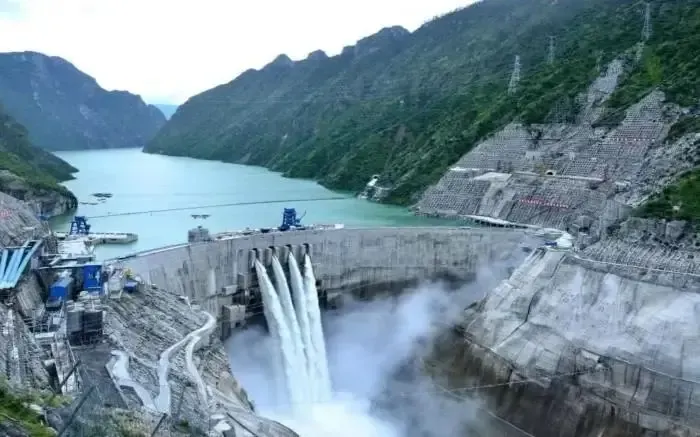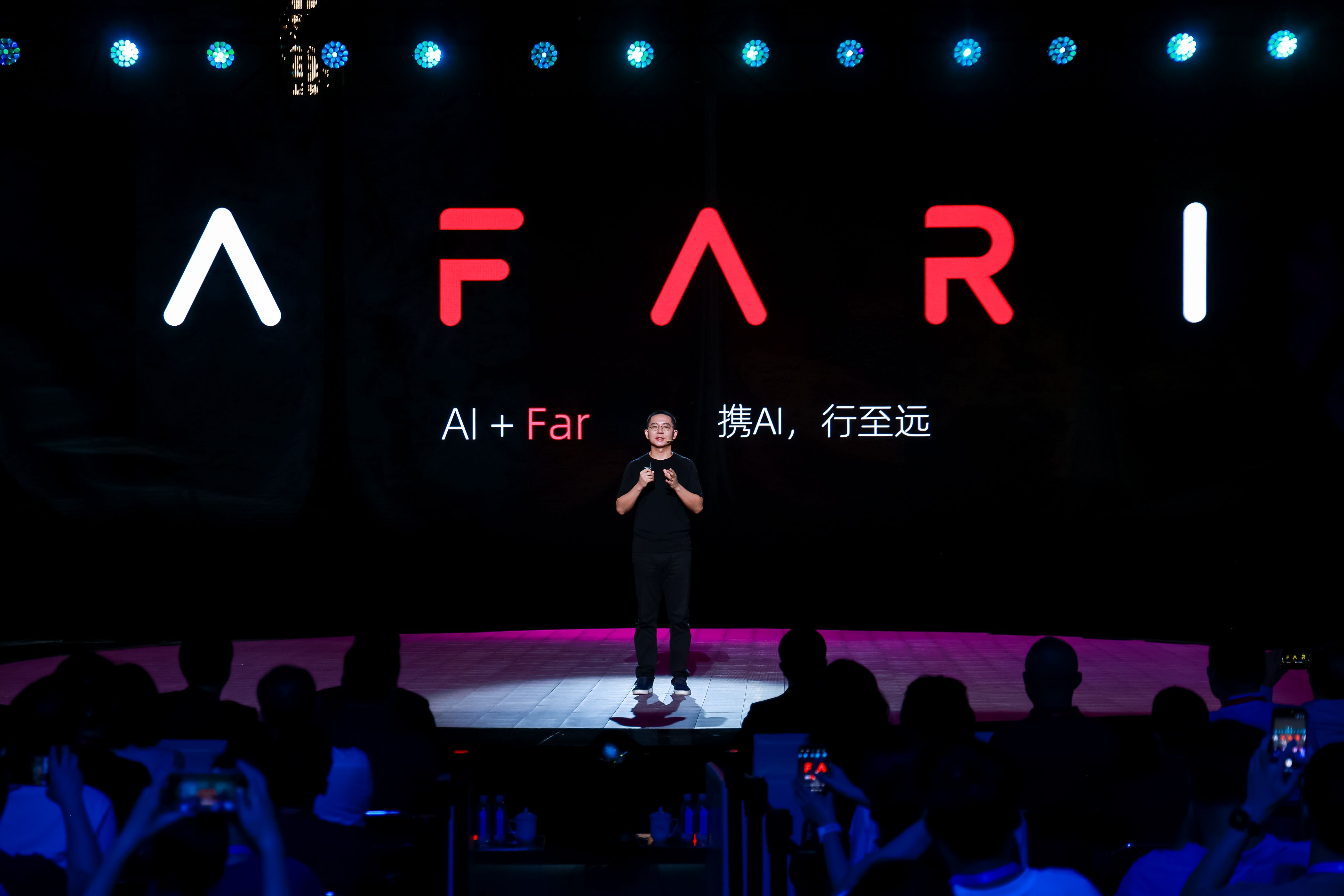
China’s First Trillion-Yuan Infrastructure Project: A Giant Hydropower Dam in Tibet Outpaces Three Major National Projects
Want to read in a language you're more familiar with?
China has officially launched the Yarlung Tsangpo Grand Canyon Hydropower Project, a state-level infrastructure initiative with a total investment of 1.2 trillion yuan (USD 170 billion).
China has officially launched the Yarlung Tsangpo Grand Canyon Hydropower Project, a state-level infrastructure initiative with a total investment of 1.2 trillion yuan (USD 170 billion). Located at the Great Bend of the Yarlung Tsangpo River in Medog County, Nyingchi City, Tibet, this marks China’s first trillion-yuan infrastructure project—surpassing the combined investments of the Beijing-Shanghai High-Speed Railway, Sichuan-Tibet Railway, and South-North Water Diversion Project.
Why Build This Mega-Project? Why Medog?
Medog, meaning “flower” in Tibetan, was once the last county in China to gain road access . Despite its rugged terrain—surrounded by snow-capped mountains—it holds a geological advantage: it sits at the heart of the Yarlung Tsangpo Grand Canyon’s hairpin bend. Here, the river drops over 2,000 meters in just 200 kilometers, creating ideal conditions for hydropower. The project’s annual electricity output is projected to power Beijing for two years.

Rising Energy Demand: A Critical Driver
In 2024, China’s total electricity consumption surged by 600 billion kilowatt-hours year-on-year. Key trends include:
- Residential demand: Spiked due to extreme weather.
- Secondary industry (60% of total): High-tech and equipment manufacturing sectors grew by 5.1%.
- Tertiary industry: Charging infrastructure for new energy vehicles and data-intensive sectors like AI and cloud computing saw explosive growth.
The Future of Clean Energy
Emerging industries—high-end manufacturing, AI, electric vehicles, and data centers—are poised to become colossal energy consumers. Clean power is now a strategic battleground for tech giants, as AI and advanced computing demand stable, carbon-free electricity. The trillion-yuan Yarlung Tsangpo project, with its 300 billion kilowatt-hours annual generation capacity (nearly three times the Three Gorges Dam), aims to secure China’s energy future for decades.





